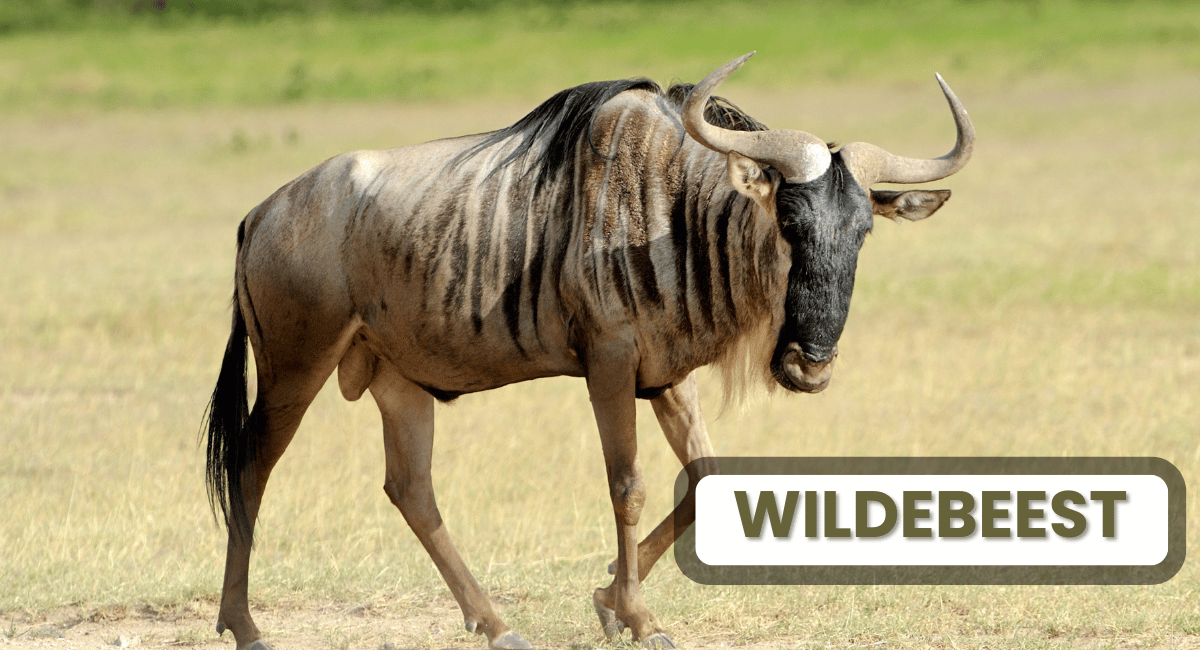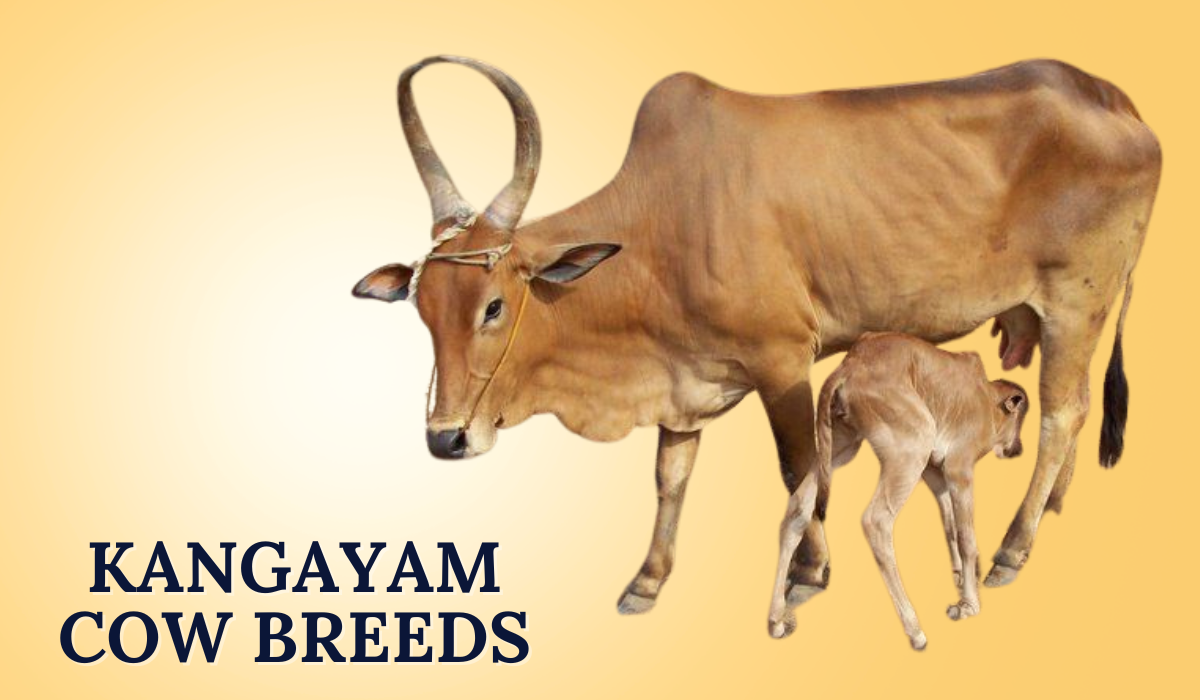The wildebeest, also known as the gnu, is a remarkable species that roams the grasslands and open woodlands of East and Southern Africa. Wildebeests are best recognized for their incredible migrations, and they are known for their distinctive appearance, which includes a robust body, curved horns, and a shaggy mane. These iconic animals travel in massive herds, showcasing not only their strength in numbers but also their ability to adapt to the seasonal changes of their environment. As they traverse vast landscapes in search of fresh grazing grounds, wildebeests demonstrate remarkable endurance, making them one of the fastest land animals on the African continent.
Beyond their impressive physical attributes, wildebeests are also known to be among the more intelligent animals in the wild. They exhibit complex social behaviors and strong bonds within their herds, relying on cooperation and communication to navigate the challenges of their environment. This intelligence plays a vital role in their survival, allowing them to avoid predators and efficiently find food and water. As keystone species in their ecosystem, wildebeests not only contribute to the biodiversity of the African savannah but also serve as an essential component of the food web, supporting both predators and the health of the grasslands they inhabit.
Wildebeest: Fascinating Creatures
Wildebeests, also known as gnus, are fascinating creatures that inhabit the grasslands and savannas of Africa. They are best known for their annual migration, which is one of the most spectacular wildlife events in the world. As members of the Antelope family, wildebeests play a crucial role in the ecosystem and exhibit remarkable behaviors that have captivated researchers and wildlife enthusiasts alike.
Physical Characteristics of Wildebeest
Wildebeests possess distinctive physical traits that set them apart from other antelopes. They have a robust body structure, a large head, and a pronounced mane running along their neck. Their long, curved horns are a striking feature, with males showcasing more impressive horns than females. Wildebeests come in two primary species: the black wildebeest and the blue wildebeest, with the latter being the more common of the two.
These animals can weigh between 300 to 600 pounds, depending on the species. The blue wildebeest, in particular, is known for its unique coloration, featuring a grayish-blue body with dark stripes. Their sturdy build allows them to traverse various terrains, making them adept at escaping predators. Despite their size, they are among the fastest animals in the world, capable of reaching speeds of up to 50 miles per hour during short bursts.
Habitat and Distribution
Wildebeests are primarily found in the grasslands and open woodlands of East and Southern Africa. These areas are rich in grass, which forms the main part of their diet. Iconic locations such as the Serengeti in Tanzania and the Maasai Mara in Kenya are famous for their stunning landscapes. They are also popular spots for witnessing the magnificent wildebeest migrations. These vast grasslands provide ample nourishment for the wildebeest. They also serve as a stage for one of nature’s most extraordinary events. Thousands of wildebeests gather in large herds for protection against predators like lions and hyenas.
The migration of wildebeests is closely tied to seasonal rains. These rains determine the availability of fresh grazing grounds. As the rainy season begins, the animals embark on a remarkable journey. They travel vast distances, sometimes exceeding a thousand miles. This nomadic lifestyle is vital for their survival. It ensures continuous access to the best food and water sources. During migration, wildebeests demonstrate remarkable endurance and speed. They are often counted among the fastest land animals. Their ability to escape predators and travel great distances with ease is extraordinary.
This strategic movement highlights their adaptability. It also reinforces their status as one of the largest animals in the world. They roam the African plains, showcasing the dynamic relationship between the wildebeest and their environment.
The Great Migration
One of the most remarkable phenomena associated with wildebeests is the Great Migration. This stunning event captivates wildlife enthusiasts and researchers alike. The migration involves millions of wildebeests, along with other herbivores like zebras and gazelles. They move in a synchronized pattern across the vast African plains in search of food and water.
Typically occurring between July and October, the migration culminates in the dramatic crossing of the Mara River. This crossing is perilous, with crocodiles lurking in the water and predators like lions and hyenas waiting on the banks. The sheer scale of this migration highlights the animals’ instinctual drive for survival. They navigate treacherous terrains and obstacles to sustain their lives.
The Great Migration is not only a survival tactic but also a breathtaking spectacle. It showcases the interconnectedness of life within the African ecosystem. The sight of thousands of wildebeests thundering across the plains is a thrilling experience for wildlife observers. The dust kicked up by their hooves creates a cacophony of sound.
This annual event highlights the wildebeests’ status as some of the fastest land animals on the planet. They must move swiftly to evade predators that lie in wait. The migration also emphasizes the intelligence of these animals. Their ability to travel in herds and make complex decisions about when and where to move reflects traits associated with the most intelligent animals in the world.
As they adapt to changing environmental conditions, the wildebeests demonstrate not only physical prowess but also the cognitive skills necessary to thrive in a challenging landscape.
Social Structure and Behavior
Wildebeests are highly social animals, forming large herds that can number in the thousands. These Wildebeests provide safety in numbers, making it difficult for predators to single out an individual. Within the herd, a hierarchical structure exists, with dominant males establishing their territory and mating rights.
Wildebeest social behavior also includes cooperative defense against predators. When threatened, wildebeests will often form a defensive circle, facing outward to ward off approaching danger. This communal approach to survival not only reflects their intelligence but also solidifies their reputation as intelligent animals in the world. Their strong social bonds ensure the safety and well-being of the group.
Diet and Feeding Habits
Wildebeests are herbivores, primarily grazing on grasses and herbs. Their diet varies with the seasons, as they move to different grazing areas based on the availability of fresh grass. Unlike some other herbivores, wildebeests have a unique digestive system that allows them to efficiently process tough plant materials, making them well-suited for life in the savanna.
The feeding habits of wildebeests play a vital role in maintaining the ecosystem. By grazing on grasses, they help control plant growth and promote new grass shoots, which benefits other herbivores. This grazing behavior contributes to the biodiversity of their habitat, ensuring a balanced ecosystem where various species can thrive together. Their ability to adapt their feeding strategies is one of the reasons why they are considered among the largest animals in the world in terms of their ecological impact.
Predators and Threats
While wildebeests are formidable animals, they face numerous threats from predators in their natural habitat. Lions, hyenas, and crocodiles are some of the main predators that prey on wildebeests, particularly during the migration when they are most vulnerable. The sheer size of wildebeests may deter smaller predators, but their calves are often targeted due to their weakness and inability to keep up with the herd.
Human activities also pose significant threats to wildebeests. Habitat loss due to agriculture, poaching, and climate change has led to declining populations in some areas. Conservation efforts are critical to ensuring the survival of wildebeests and maintaining the integrity of the ecosystems they inhabit. Protecting these magnificent creatures is essential for preserving the balance of wildlife in Africa, as they are not only a vital part of the ecosystem but also one of the fastest animals in the world.
Reproduction and Life Cycle
Wildebeests have a distinct breeding season, which aligns with the Great Migration. This remarkable event highlights the resilience and adaptability of these animals. During this period, males fiercely compete for dominance. They display their strength and vigor through vocalizations and physical posturing. This courtship display attracts potential mates and establishes a hierarchy among males. It ensures that the strongest genes are passed on to the next generation.
After mating, females undergo a gestation period of about eight months. During this time, they prepare for the arrival of their young. The survival of the calf is vital for the species, as each new life represents hope for the future of the herd.
Newborn wildebeests can stand and run within minutes of birth. This rapid development allows them to keep up with the herd during migration. It is a vital adaptation, especially with the constant threat of predation. The bond between a mother and her calf is strong. She fiercely protects her young from potential threats. This nurturing instinct is one of the reasons wildebeests are considered among the most intelligent animals in the world. They not only survive in challenging environments but also demonstrate social structures that support their young.
Conservation Efforts
Conservation efforts for wildebeests are essential to ensure their survival in the wild. Various organizations and governments are actively working to protect their habitats and promote sustainable practices that benefit both wildlife and local communities. Wildlife reserves and national parks play a crucial role in safeguarding these animals, providing protected areas where they can thrive without human interference.
Education and awareness campaigns are also vital in promoting the importance of wildebeests in the ecosystem. By highlighting their role in the Great Migration and the broader food chain, conservationists hope to foster a sense of appreciation for these magnificent animals. Preserving the habitats of wildebeests not only benefits them but also supports the entire ecosystem, emphasizing their status as one of the largest animals in the world that contribute to the biodiversity of the region.
Wildebeests in Popular Culture
Wildebeests have captured the imagination of people worldwide and are often featured in documentaries, films, and literature. Their migratory behavior, unique physical characteristics, and dramatic life cycles have made them a symbol of African wildlife. Films like “The Lion King” have showcased the wildebeest’s significance in the ecosystem, although with a touch of creative license.
Beyond entertainment, the portrayal of wildebeests in popular culture has raised awareness about the challenges they face in the wild. As audiences learn about their behaviors and migratory patterns, there is a growing interest in conservation efforts aimed at protecting these incredible creatures. The connection between popular culture and wildlife conservation underscores the importance of wildebeests as a vital part of the natural world and one of the fastest land animals that continue to awe and inspire.
The Future of Wildebeests
The health of their ecosystems and ongoing conservation efforts closely tie the future of wildebeests. As human populations grow and climate change presents new challenges, it is crucial to protect wildebeests and their habitats. These majestic creatures, among the largest animals in the world, face significant threats, including habitat loss, poaching, and climate change. To secure their future, we must adopt sustainable practices that promote harmony between wildlife and human development.
Responsible tourism, habitat restoration, and the establishment of protected areas are key in preserving these animals. By creating safe environments, we can ensure that wildebeests continue to roam the African plains for generations to come.
Understanding the ecological importance of wildebeests is also vital for conservation. These animals, integral to Africa’s natural heritage, play an essential role in maintaining the balance of their ecosystems. Wildebeests are some of the fastest land animals. They migrate in search of food and water, helping to maintain the health of the grasslands they occupy.
Fostering a deeper appreciation for wildebeests and their ecological role can encourage collective action to protect their future. Education and community involvement are essential for supporting conservation efforts that benefit both wildlife and local communities.



